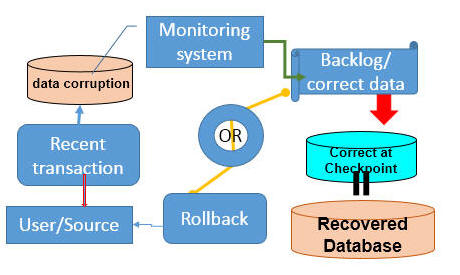Self-awareness to database : source Base_tutorial.pdf
(base tutorial pdf
A database has many different physical and logical components: Tables, relationships, primary and foreign keys,columns, column attributes, adding or removing attributes and relationship cardinalities and so on.
An understating of UML diagrams, a visual vocabulary layout chart, would help.
Normalization Step: moving from one huge table to many tables based on a pattern or relationship. Please teach yourself about First, Second and Third normal forms, and logical constraints to maintain un-corrupted data and corresponding data-types.
Knowing SQL queries would be the prime interest, which will lead through the nut-bolts of a databases. A database could be relational, object oriented or Object-relational, SQL will remain at the forefront.
Since SQL is not procedural language, therefore there would be a proprietary or open-source procedural language with most of the databases.
Oracle supports PL/SQL, SQL Server provides T-SQL, and PostgreSQL supports PG/SQL
Database Management System (DBMS)
A DBMS is empowered with various functions like data security, data integrity, data sharing, data concurrence, data independence, data recovery, data archiving etc. However, each database management systems will have some common and unique features.
The feature like Data concurrency to manage multiple users will also come under DBMS administration. In this direction an understanding of locking mechanism will rest on admin with programming knowledge.
TO WHOM IT MAY CONCERNS
A Form would be a contour of several input structures like text box, drop-down selection, submit button, to round up a request format, later which would be presented to the server.
A request format can be further manipulated with some scripting or programming at both client and server side.
A Report is kind of parameterized or summarized output to fetch special queries.
